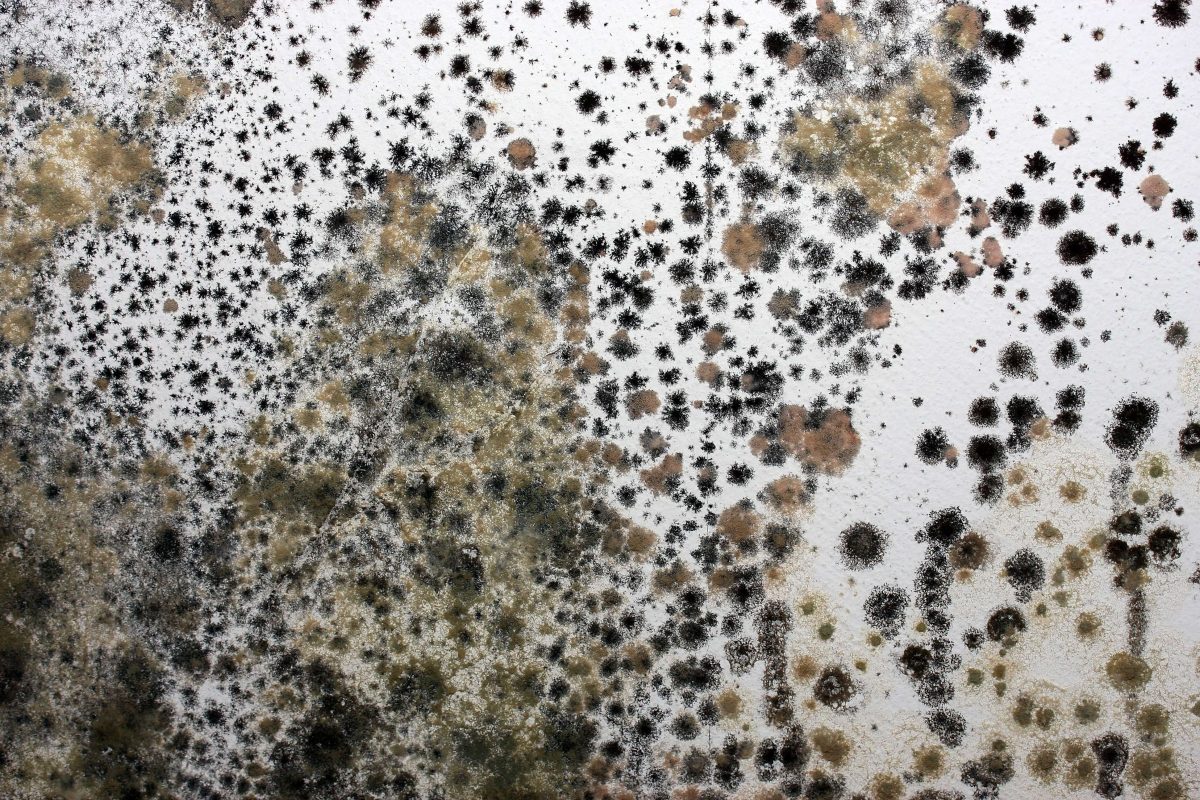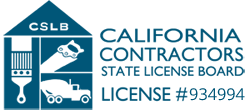
Mold growth is a common issue faced by homeowners and commercial property owners alike, posing potential risks to both the health of occupants and the integrity of the building’s structure. Mold can arise from various sources, including water damage, high humidity levels, or poor ventilation. While some mold growth may be easily visible, other instances can be hidden behind walls or beneath flooring, making mold remediation a vital aspect of property restoration and management.
When mold is left unaddressed, it can lead to adverse consequences, such as structural damage, unpleasant odors, and potential health issues. Mold exposure can exacerbate allergies, cause respiratory problems, and lead to other adverse health effects for occupants. As such, swift and effective mold remediation is crucial for protecting not only your property’s value and appearance but also its inhabitants’ well-being.
In this article, we will delve into the mold remediation process, discussing its various stages, from inspection and containment to cleaning, sanitizing, and prevention strategies. We’ll also outline essential tips for selecting a reputable mold remediation service provider and offer guidance on how to reduce the likelihood of mold recurrence in your property. Armed with this information, you will be better equipped to manage mold growth and ensure a safe, healthy environment for you, your family, or your employees.
A Close Look at the Mold Remediation Process
When faced with mold growth in your property, it’s essential to understand the mold remediation process to ensure you’re adequately addressing the issue. A comprehensive and efficient mold remediation project will typically involve the following stages:
- Inspection and Damage Assessment: The first step in mold remediation is assessing the extent of mold growth. A professional restoration team will inspect your property, identifying the affected areas and sources of moisture. They will also determine the type of mold present, which can influence the specific remediation techniques employed.
- Containment and Equipment Setup: To prevent the spread of mold spores during the remediation process, the affected area is sealed off using plastic sheeting and negative air pressure. This containment ensures that remediation efforts are limited to the problem area and do not unintentionally spread mold growth to other parts of the property. The restoration team will also set up specialized equipment, such as air scrubbers and vacuums, designed to capture and remove mold spores from the air.
- Material Removal and Cleaning: The remediation team will carefully remove contaminated materials, such as drywall, insulation, and flooring, from the affected area. Depending on the extent of mold growth, some materials may be cleaned and restored, while others may need replacement. All surfaces must be thoroughly cleaned and sanitized to eradicate mold colonies and minimize the potential for mold recurrence.
- Drying and Moisture Control: Reducing moisture levels in the affected area is a crucial component of the remediation process. The restoration team will use industrial-grade dehumidifiers and air movers to ensure that all excess moisture is removed, creating an environment inhospitable to mold growth.
- Restoration and Prevention: After all mold-contaminated materials have been removed and the affected area is dry and sanitized, the final step is to restore the property to its original condition. This may involve reinstalling drywall, flooring, or insulation, and repainting surfaces. Furthermore, preventive measures are implemented to reduce the chance of mold growth reoccurring, such as addressing underlying moisture issues or improving ventilation.
Choosing a Reputable Mold Remediation Provider
Selecting a trustworthy and experienced mold remediation company is vital to ensure proper handling and treatment of mold within your property. When evaluating potential providers, consider the following critical factors:
- Certifications and Licensing: Ensure the mold remediation company you choose holds certifications from the Institute of Inspection, Cleaning and Restoration Certification (IICRC) and operates under the necessary licenses.
- Experience and Training: Work with a company specializing in mold remediation, with well-trained technicians proficient in industry best practices and techniques.
- Insurance Claims Assistance: Mold remediation costs can be significant, and working with a provider experienced in handling insurance claims can ease the financial burden for property owners.
- Communication and Reputation: The mold remediation process can be complex, requiring clear communication and transparency from the chosen provider. Ensure your chosen company has a solid reputation in the industry and is known for excellent customer service.
Mold Prevention Strategies for Property Owners
Implementing mold prevention strategies will protect your property and maintain a healthy environment. Consider incorporating the following prevention tips:
- Maintain Proper Ventilation: Ensure that all areas of the property, particularly those prone to moisture, are properly ventilated. Exhaust fans in bathrooms and kitchens, for example, can help minimize humidity levels and prevent mold growth.
- Address Water Damage Promptly: Water damage can spur mold growth rapidly if not addressed swiftly. If your property experiences water damage, consult a professional restoration company immediately to address the problem.
- Regular Inspections: Regularly inspect your property for signs of mold or moisture accumulation, such as discolored spots, musty odors, or peeling paint. Address any concerns that arise promptly to minimize the risk of mold growth.
- Control Indoor Humidity Levels: Prevent mold growth in your property by maintaining an indoor humidity level below 60%. Using a dehumidifier or air conditioner can help control humidity in high-risk areas.
Mold Remediation is Essential for Protecting Your Property and Health
Mold remediation is an indispensable aspect of property restoration, not only guaranteeing the aesthetic appeal and structural integrity of your home or business but also safeguarding the health of its occupants. Understanding the mold remediation process, investing in a reputable provider, and taking preventive measures will help you manage mold growth effectively and ensure a healthy environment for your family or employees. Trust in Restoration Masters to provide expert knowledge, experience, and resources to handle your water damage restoration, mold remediation, and prevention needs, and enjoy peace of mind in a mold-free, secure space.





